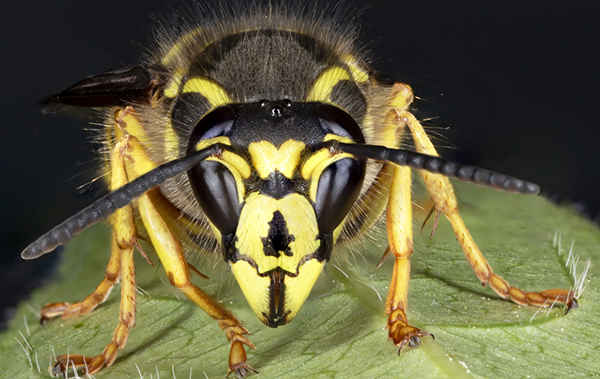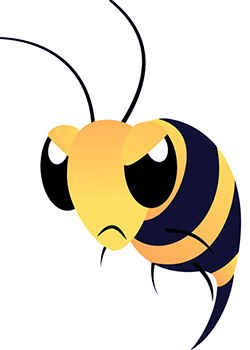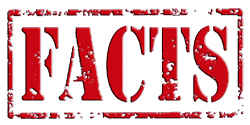Why are yellow jackets so bad this year?

Reasons Why Yellow Jackets are Bad This Year:
Climate Changes
The weather plays a significant role in the population dynamics of yellow jackets. Warmer winters can lead to higher survival rates of overwintering queens. Mild winters mean that more queens survive and are able to start new colonies in the spring, resulting in larger populations. Additionally, wetter springs can create more abundant food sources, supporting rapid colony growth.
Abundant Food Sources
Yellow jackets are attracted to sugary foods and proteins. An increase in outdoor activities like picnics and barbecues provides more opportunities for yellow jackets to scavenge food. Agricultural areas with ripe fruits and crops can also support larger populations. When human activities align with their feeding preferences, it can lead to increased encounters and conflicts.
Disruption of Natural Predators
Predators like birds and other insects help keep yellow jacket populations in check. Changes in the ecosystem, example: pesticide use or habitat destruction, can reduce the number of these natural predators. This imbalance allows yellow jacket populations to grow unchecked, leading to higher numbers and increased aggression.
Adaptive Behavior
Yellow jackets are highly adaptable and can thrive in various environments, from forests to urban areas. They build nests in protected places like underground burrows, attics, or wall cavities. This adaptability to different habitats means they can exploit numerous environments and increase their chances of survival and growth.
What to Do?

Avoidance and Protection
- Stay Calm: If you encounter yellow jackets, avoid sudden movements. Stay calm and slowly move away.
- Protect Food: When eating outdoors, cover food and drinks to avoid attracting yellow jackets. Use lids and food covers.
- Trash Management: Keep garbage cans tightly sealed and regularly clean up any food spills or residues to reduce attractants.
Preventive Measures
- Seal Entry Points: Inspect and seal potential entry points around your home, example: cracks, vents, and gaps in windows and doors.
- Remove Nests: If you notice a nest near your living area, contact a pest control professional to safely remove it. Do not attempt to remove it yourself as yellow jackets can be very aggressive when disturbed.
- Use Traps: Commercial yellow jacket traps can help reduce their numbers. Place traps away from common areas to lure them away from human activity.
Professional Help
- If the yellow jacket problem becomes severe, seek help from pest control professionals. They have the expertise and equipment to handle infestations safely and effectively.
Interesting Facts About Yellow Jackets

Social Structure: Yellow jackets live in colonies that can contain thousands of workers. Each colony has a queen that lays eggs, workers that gather food and care for the larvae, and males whose main role is to mate with new queens.
Aggressive Defenders: Unlike bees, which are capable of stinging only once, yellow jackets can sting repeatedly. They are highly defensive of their nests and will aggressively protect them if threatened.
Beneficial Insects: Although yellow jackets are aggressive, they contribute to controlling pest populations. They prey on other insects, example: caterpillars and flies, which helps reduce agricultural pests.
Scavengers: In addition to preying on other insects, yellow jackets are scavengers and will consume human food and waste, which is why they are commonly found around picnic areas and garbage bins.
Understanding the reasons behind the increase in yellow jacket populations can help in managing and mitigating their impact. By taking preventive measures and consulting professionals when necessary, you can reduce the risk of encounters and enjoy outdoor activities more safely.












